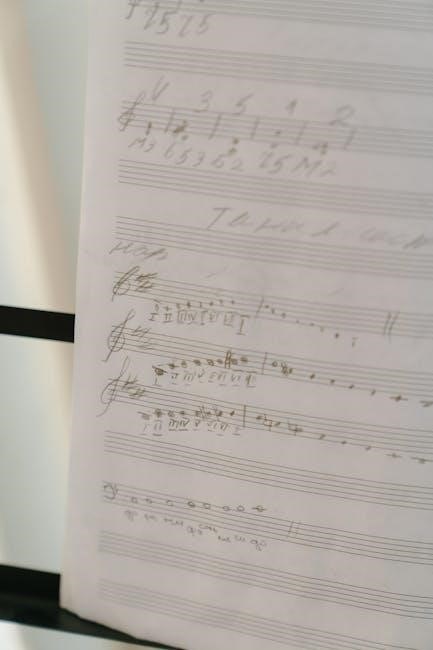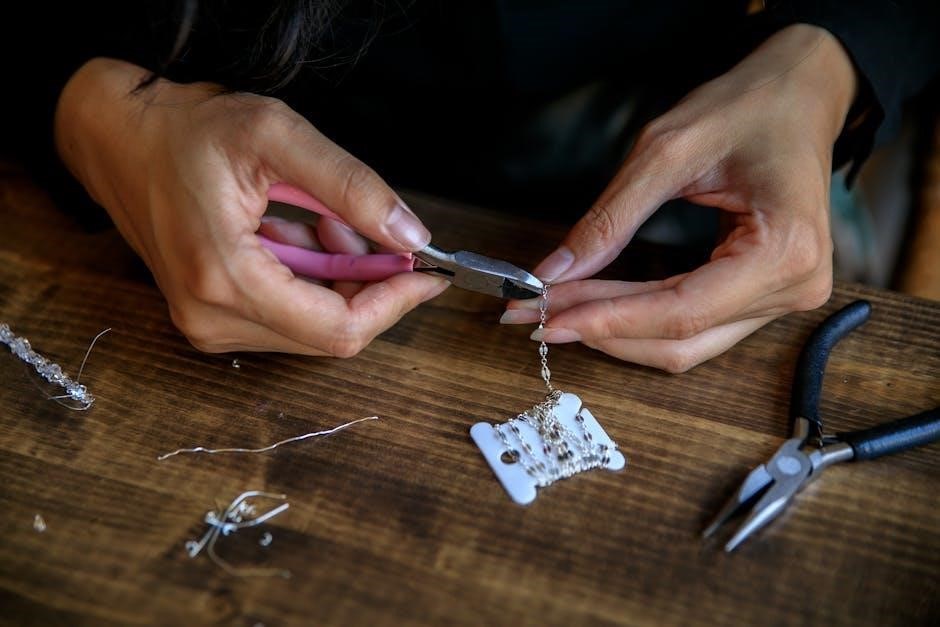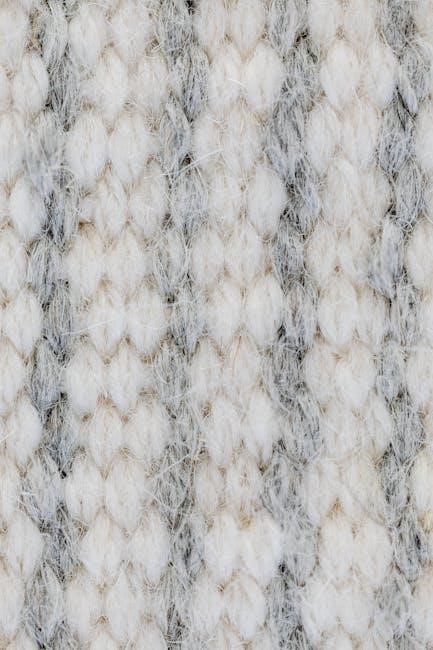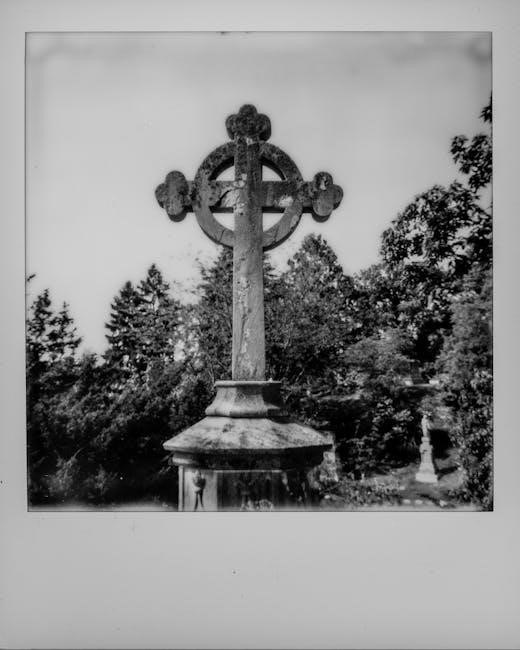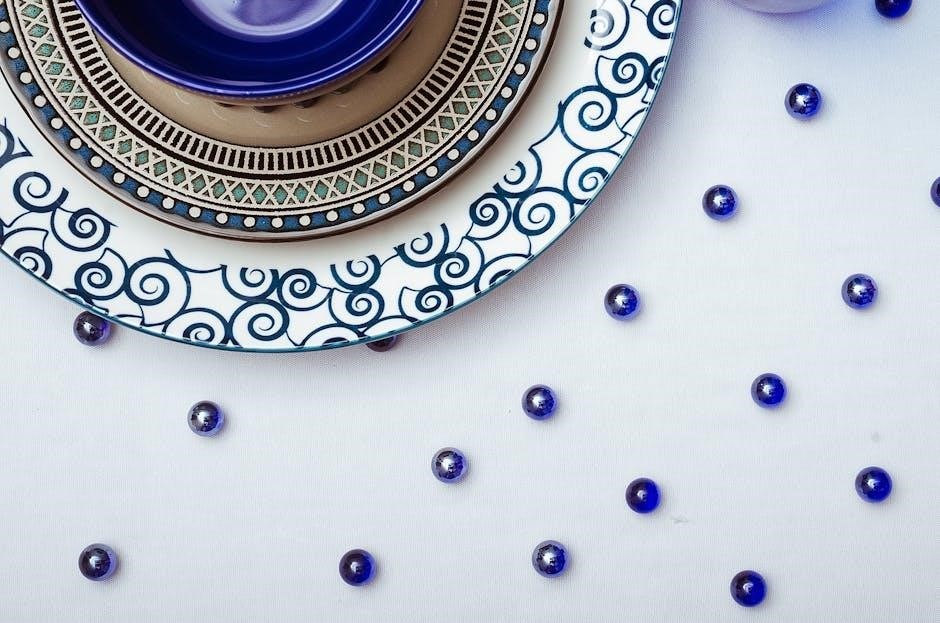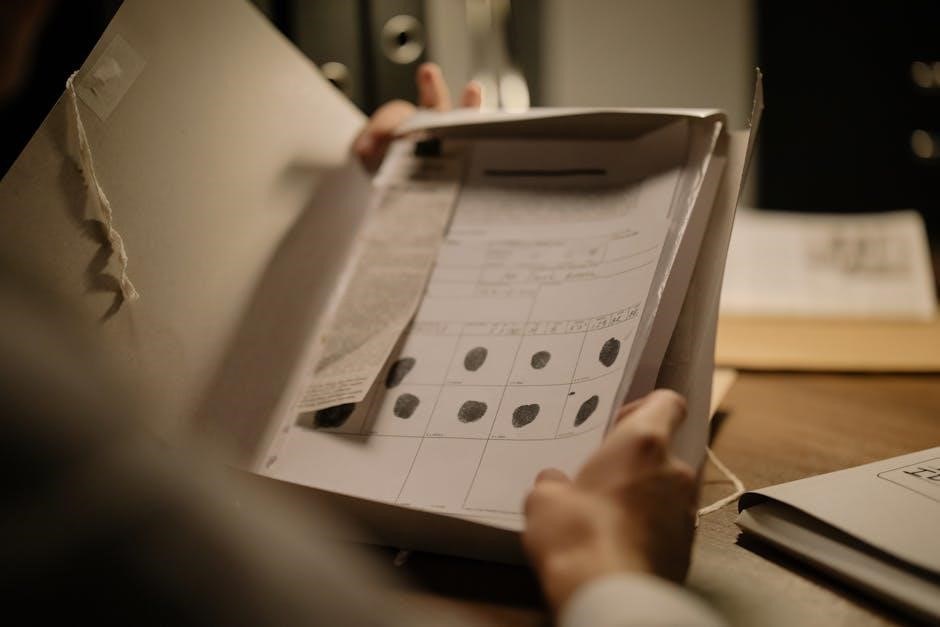gia score pdf
The GIA Diamond Grading Report is a detailed assessment of a diamond’s quality, focusing on the 4Cs: Color, Clarity, Cut, and Carat Weight. Issued by the Gemological Institute of America, a nonprofit leader in gemology, these reports ensure transparency and accuracy for consumers and professionals. The GIA Score PDF provides a digital version of this report, offering a convenient way to verify and share diamond authenticity and grading details.
What is a GIA Score PDF?
A GIA Score PDF is the digital version of the GIA Diamond Grading Report, providing a detailed assessment of a diamond’s quality. It includes evaluations of the 4Cs: Color, Clarity, Cut, and Carat Weight, along with additional details such as fluorescence and measurements. The PDF also features a clarity diagram, which maps inclusions and blemishes, and a proportions graphic for cut analysis. Issued by the Gemological Institute of America, this document is a trusted verification tool for consumers and professionals. Its digital format allows easy access and sharing, ensuring transparency and convenience in diamond transactions.
Brief History of GIA and Diamond Grading
The Gemological Institute of America (GIA) was founded in 1931, revolutionizing diamond grading with the introduction of the 4Cs system in the 1950s. This system—Color, Clarity, Cut, and Carat Weight—became the global standard for evaluating diamond quality. GIA’s nonprofit mission is to ensure consumer trust through unbiased assessments. Over the years, GIA has advanced gemological research and education, developing cutting-edge methods like laser inscription and digital reporting. The GIA Score PDF exemplifies this evolution, offering a secure and accessible way to verify diamond authenticity and grading details, maintaining GIA’s legacy as a leader in gemology and consumer protection.
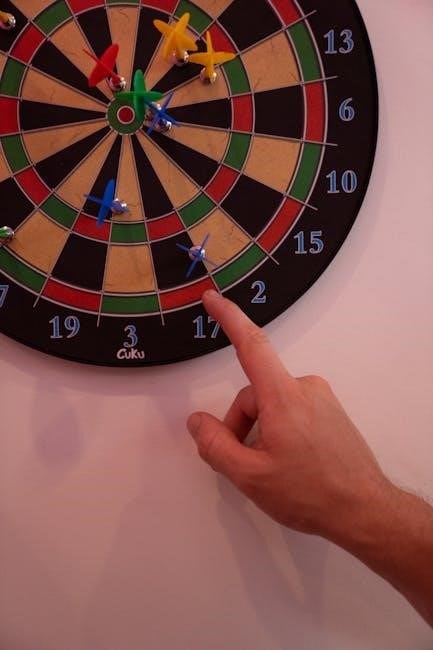
Importance of Diamond Grading in the Jewelry Industry
Diamond grading is pivotal in the jewelry industry, ensuring transparency and trust between buyers and sellers. The GIA Score PDF provides a standardized evaluation of a diamond’s quality, enabling accurate pricing and informed purchasing decisions. Jewelers rely on these reports to authenticate and value diamonds, while consumers gain confidence in the gemstone’s quality. The 4Cs system, developed by GIA, has become the global benchmark, ensuring consistency and fairness in the market. By detailing key characteristics like color, clarity, cut, and carat weight, GIA grading reports protect both businesses and consumers, fostering a trustworthy and competitive marketplace.
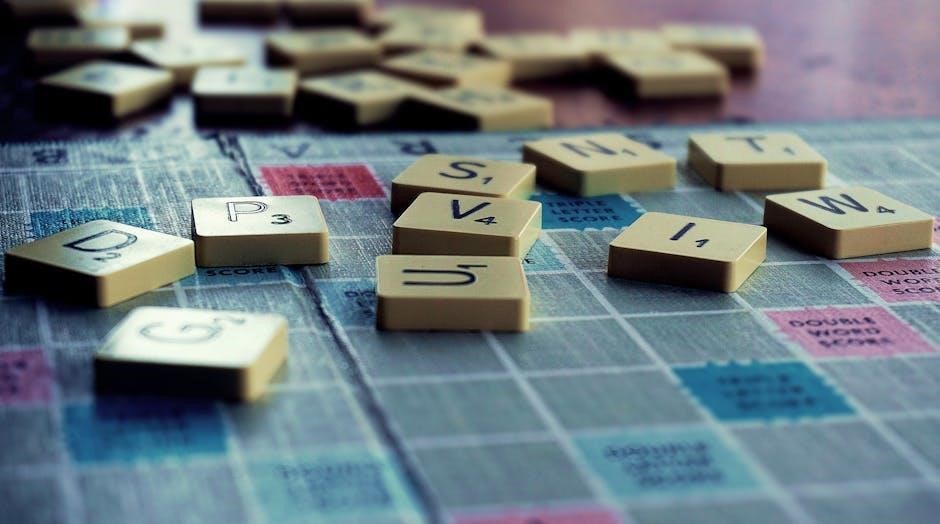
Understanding the 4Cs of Diamond Quality
The 4Cs—Color, Clarity, Cut, and Carat—define a diamond’s quality and value. GIA Score PDF reports detail these factors, ensuring authenticity and precise grading for consumers and professionals.
Color Grading in Diamonds
Diamond color grading measures the degree of colorlessness, with GIA using a scale from D (colorless) to Z (light yellow or brown). The GIA Score PDF includes this grade, impacting value. Evaluations occur under controlled lighting to ensure accuracy. Color affects brilliance, with higher grades (D-F) being rarer. Fluorescence, if present, is noted. This grading system helps consumers and jewelers verify authenticity and quality, ensuring transparency in diamond transactions. The PDF report provides a clear and accessible record of the diamond’s color grade, essential for appraisal and purchasing decisions. This detail is crucial for understanding a diamond’s overall quality and market value.
Clarity Grading in Diamonds
Diamond clarity grading assesses internal inclusions and external blemishes. The GIA clarity scale ranges from Flawless (FL) to Included (I), with grades like SI (Slightly Included) and VS (Very Slightly Included). The GIA Score PDF includes a clarity diagram, mapping the position and type of inclusions. This helps verify the diamond’s natural characteristics and authenticity. Higher clarity grades indicate fewer inclusions, enhancing brilliance and value. The PDF report provides a detailed clarity assessment, essential for determining a diamond’s quality and resale potential, ensuring consumers make informed purchasing decisions with clear documentation of the diamond’s unique features and grading details. Clarity is a key factor in evaluating a diamond’s overall quality and market value accurately.
Cut Grading in Diamonds
Diamond cut grading evaluates how well a diamond’s proportions, symmetry, and polish contribute to its brilliance and fire. The GIA Cut Grading System assesses seven factors: brightness, fire, scintillation, weight ratio, girdle thickness, symmetry, and polish. For standard round brilliant diamonds, the GIA assigns grades like Excellent, Very Good, Good, Fair, or Poor. The GIA Score PDF includes the cut grade, providing clarity on a diamond’s craftsmanship and light performance. This grading is crucial for determining a diamond’s value, as a well-cut diamond appears more radiant. The PDF report ensures transparency, helping consumers understand the cut quality and its impact on the diamond’s overall appeal and market value. Accurate cut grading is essential for making informed purchasing decisions.
Carat Weight Grading in Diamonds
Carat weight is a measure of a diamond’s size, with one carat equal to 0.2 grams. The GIA Score PDF includes the carat weight, accurately measured using precise gemological instruments. Diamonds are categorized into weight ranges, such as 0.15-0.49 carats or 1.00-1.99 carats. Larger diamonds are rarer, making them more valuable. The GIA report ensures transparency by detailing the exact carat weight, helping consumers verify the diamond’s size and value. This information is critical for determining the diamond’s price and authenticity, making the GIA Score PDF an essential tool for buyers and professionals alike. The carat weight grading is a fundamental aspect of a diamond’s identity and market value.

Types of GIA Diamond Grading Reports
GIA offers various reports, including the Diamond Grading Report, Diamond Focus Report, Colored Diamond Grading Report, and Diamond Dossier. Each provides detailed assessments tailored to specific diamond types and needs.
GIA Diamond Grading Report
The GIA Diamond Grading Report provides a comprehensive evaluation of a diamond’s quality, focusing on the 4Cs: Color, Clarity, Cut, and Carat Weight. It includes a detailed clarity diagram, proportion analysis, and additional features like fluorescence. This report is issued for loose natural diamonds weighing 0.15 carats or more and is available in a digital PDF format for easy access and verification. The GIA Score PDF ensures authenticity and transparency, making it a trusted resource for consumers and professionals in the jewelry industry.
GIA Diamond Focus Report
The GIA Diamond Focus Report offers a concise assessment of a diamond’s quality, focusing on the 4Cs: Color, Clarity, Cut, and Carat Weight. Designed for standard round brilliant diamonds, it provides essential grading details and a microscopic laser inscription of the GIA report number for easy identification. Delivered digitally, the report is accessible via GIA Report Check and can be downloaded as a PDF. This format ensures convenience and security, making it ideal for consumers and professionals seeking a streamlined yet reliable grading document. The Focus Report maintains GIA’s commitment to accuracy and transparency, supporting informed diamond purchasing decisions.
GIA Colored Diamond Grading Report
The GIA Colored Diamond Grading Report is specifically designed for fancy-colored diamonds, providing a detailed evaluation of their unique characteristics. Unlike traditional colorless diamond reports, this document focuses on the diamond’s color, assessing hue, tone, and saturation. It also includes clarity and carat weight grading, ensuring a comprehensive assessment. The report is accompanied by a plotted clarity diagram and may include additional details like fluorescence and measurements. Available as a PDF, it offers a secure and convenient way to verify the authenticity and quality of colored diamonds. This report is essential for consumers and professionals seeking to understand and value fancy-colored diamonds accurately.
GIA Diamond Dossier
The GIA Diamond Dossier is a compact and efficient grading report designed for diamonds weighing 0.15 to 2.99 carats. It provides a concise assessment of the 4Cs—color, clarity, cut, and carat weight. This report includes a plotted clarity diagram and a digital image of the diamond, offering a clear and detailed overview. Available as a PDF, the Diamond Dossier is a cost-effective option for jewelers and consumers. It also features a microscopic laser inscription of the GIA report number for added security. This report is ideal for smaller diamonds, ensuring their quality and authenticity are verified with GIA’s trusted standards.

How to Read a GIA Diamond Grading Report
The GIA Diamond Grading Report provides a detailed evaluation of a diamond’s 4Cs: color, clarity, cut, and carat. It includes a clarity diagram and cut grade explanation, available as a PDF.
Key Elements of the Report
The GIA Diamond Grading Report includes essential details about a diamond’s quality, starting with the 4Cs: Color, Clarity, Cut, and Carat Weight. It features a clarity diagram that maps inclusions and blemishes, providing a visual representation of the diamond’s clarity grade. The report also offers a cut grade, which is only provided for standard round brilliant diamonds. Additional details include measurements, fluorescence, and security features like microscopic laser inscriptions. The report is available as a PDF, making it easy to share and verify. These elements combine to give a comprehensive understanding of the diamond’s value and authenticity, aiding consumers in making informed decisions.
Understanding the Clarity Diagram
The clarity diagram in a GIA Diamond Grading Report is a detailed visual representation of a diamond’s inclusions and blemishes. It provides a precise map of the diamond’s internal and external characteristics, plotted by skilled gemologists. This diagram helps identify the type, size, and location of clarity features, which determine the diamond’s clarity grade. The diagram is a key element of the report, as it allows for a clear understanding of the diamond’s natural imperfections. It is included in the GIA Score PDF for easy reference, ensuring transparency and accuracy in assessing the diamond’s quality. This tool is essential for consumers and professionals alike.
Interpreting the Cut Grade
The Cut Grade in a GIA Diamond Grading Report evaluates a diamond’s proportions, symmetry, and polish, which collectively impact its brilliance and beauty. The GIA assigns grades such as Excellent, Very Good, Good, Fair, and Poor based on factors like brightness, fire, and scintillation. For standard round brilliant diamonds, the Cut Grade is determined by seven components: weight ratio, girdle thickness, symmetry, and polish. This grade is crucial as it directly influences the diamond’s visual appeal and value. The GIA Score PDF provides a detailed explanation of the Cut Grade, ensuring consumers can understand how the diamond’s craftsmanship contributes to its overall quality and aesthetic appeal.
Additional Details: Fluorescence and Measurements
The GIA Diamond Grading Report includes additional details such as fluorescence and measurements, which provide further insight into the diamond’s characteristics. Fluorescence refers to a diamond’s reaction to ultraviolet (UV) light, graded on a scale from None to Very Strong. This detail helps assess how fluorescence might affect the diamond’s appearance under certain lighting conditions. Measurements, including the diamond’s dimensions and weight ratio, are also documented. These details are crucial for understanding the diamond’s proportions and how they relate to its cut grade. The GIA Score PDF presents these additional details clearly, ensuring a comprehensive understanding of the diamond’s unique properties and overall quality.

Security Features of GIA Reports
GIA reports include microscopic laser inscriptions and advanced security features to ensure authenticity and prevent counterfeiting, providing a secure way to verify a diamond’s details.
Microscopic Laser Inscription

GIA reports feature a microscopic laser inscription of the report number on the diamond’s girdle, ensuring easy identification and authenticity. This permanent, precise marking is invisible to the naked eye but visible under magnification, adding a layer of security. The inscription is part of GIA’s commitment to maintaining the integrity of diamond grading, making it difficult to counterfeit or alter reports. This feature is particularly valuable for consumers and professionals needing to verify a diamond’s details quickly and confidently. The inscription process is meticulous, ensuring that the diamond’s appearance remains unaltered while enhancing its documentation’s trustworthiness;
State-of-the-Art Security Features
GIA Diamond Grading Reports incorporate advanced security measures to prevent counterfeiting and ensure authenticity. These include intricate holograms, watermarks, and microprinting, which are embedded in the document. The GIA report number is also laser-inscribed on the diamond itself, providing a direct link between the stone and its certification. Additionally, the report is printed on secure paper designed to resist tampering. These features, combined with the ability to verify reports online, ensure that consumers and professionals can trust the accuracy and legitimacy of GIA-graded diamonds. The robust security measures reflect GIA’s commitment to maintaining the highest standards in gemological evaluation and documentation.
Verification Process for GIA Reports
GIA reports can be verified online through the GIA Report Check portal, ensuring authenticity and accuracy. Consumers can enter the report number to access detailed information about the diamond, including its 4Cs grading and security features. The verification process confirms the legitimacy of the GIA Score PDF, providing transparency for buyers. This system allows users to trust the quality and authenticity of the diamond, as all data is securely stored and matched against GIA records. The verification process is a critical step in maintaining trust in the diamond industry and ensures that GIA reports remain a reliable source of gemological information.

Accessing and Verifying GIA Reports Digitally
GIA reports are accessible online via the GIA Report Check portal, allowing users to verify and download PDF versions of diamond grading reports securely and efficiently.
How to Verify a GIA Report Online
Verifying a GIA report online is straightforward. Visit the GIA Report Check portal and enter the report number. The system will display the diamond’s details, ensuring authenticity. Users can also download a PDF version of the report for their records. This digital verification process ensures that consumers and professionals can trust the information, maintaining transparency in diamond transactions. The secure system protects against fraud and provides quick access to vital diamond grading data, making it an essential tool for anyone involved in buying or selling diamonds.
Downloading the GIA Report as a PDF
Downloading a GIA report as a PDF is a convenient process. Users can access the GIA website and use the Report Check tool. By entering the report number, they can retrieve the document and download it as a PDF. This digital format ensures easy sharing, printing, and storage. The PDF includes all details from the 4Cs assessment, clarity diagrams, and security features. This service is particularly useful for consumers, jewelers, and appraisers needing a permanent record. The downloadable PDF enhances accessibility and maintains the integrity of the report, ensuring all information remains clear and legible for future reference.
Benefits of Digital Diamond Reports
Digital diamond reports, such as the GIA Score PDF, offer numerous benefits. They provide enhanced accessibility, allowing users to retrieve and share reports instantly via digital platforms. Security features like microscopic laser inscriptions and online verification ensure authenticity and prevent tampering. Digital reports also support environmental sustainability by reducing paper usage. They facilitate faster transactions and easier record-keeping for both consumers and professionals. The ability to download and store multiple reports digitally streamlines processes, making it a preferred choice in the modern jewelry industry. Overall, digital diamond reports combine convenience, security, and efficiency, enhancing the diamond purchasing and ownership experience.
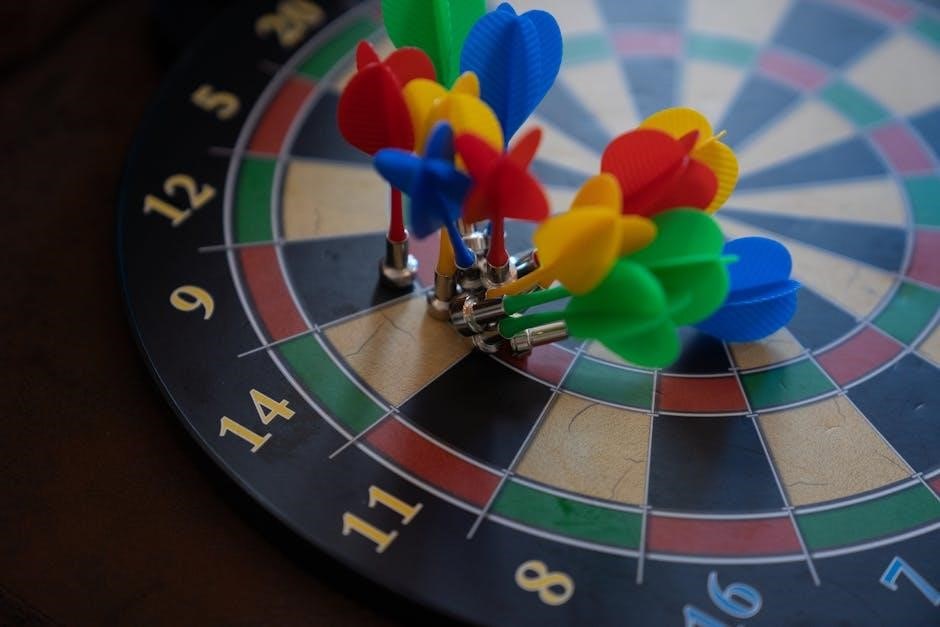
Special Services and Add-Ons
GIA offers additional services to enhance the grading process, including advanced analysis and digital solutions. These add-ons provide further insights and security for diamond evaluation and documentation.
GIA Add-On Services
GIA Add-On Services provide enhanced features for diamond grading reports, offering additional security and convenience. These services include microscopic laser inscription of the report number, ensuring easy identification and verifying authenticity. Fluorescence testing is also available, providing detailed insights into a diamond’s optical properties. Additionally, GIA offers priority processing for urgent requests, ensuring faster turnaround times. These add-ons complement the standard grading report, offering buyers and sellers extra layers of assurance and documentation. With digital access, users can easily download PDF versions of reports, making it convenient to share and verify diamond credentials. These services underscore GIA’s commitment to transparency and excellence in gemological evaluation.
GIA Follow-Up Services
GIA Follow-Up Services offer post-report evaluations, providing reassessment or updates to existing diamond grading reports. These services allow for re-examination of diamonds, ensuring accuracy and addressing any changes in grading criteria. Users can request re-evaluation of specific characteristics, such as clarity or color, or update report details. Additionally, GIA provides verification services to confirm report authenticity, enhancing trust in transactions. Follow-Up Services ensure that diamond grading remains current and reliable, supporting both buyers and sellers in maintaining accurate records. With these services, GIA continues to uphold its reputation for excellence and integrity in the gemological industry, ensuring diamonds are accurately represented.
GIA Batch Services for Multiple Diamonds
GIA Batch Services are designed for efficient grading of multiple diamonds simultaneously, streamlining the process for manufacturers, retailers, and wholesalers. This service utilizes advanced technology to analyze and sort diamonds based on specific criteria, such as carat weight, color, and clarity; It enables bulk submission of diamonds, reducing time and costs associated with individual evaluations. The service provides comprehensive grading reports for each diamond, with results accessible digitally. GIA Batch Services are ideal for high-volume operations, ensuring accuracy and consistency across all graded diamonds. This solution supports businesses in managing large inventories while maintaining the high standards of GIA certification, enhancing operational efficiency and customer trust.
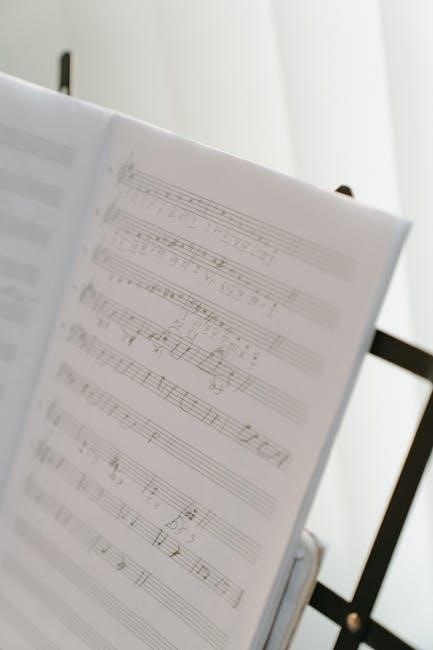
The Importance of GIA Reports in Diamond Purchasing
GIA reports ensure transparency, authenticity, and quality assurance, empowering consumers to make informed decisions. They verify a diamond’s 4Cs, providing confidence in its value and genuineness, essential for trust in any diamond purchase.
Why GIA Reports Matter to Consumers
GIA reports are crucial for consumers as they provide unbiased, detailed assessments of a diamond’s quality. By evaluating the 4Cs—Color, Clarity, Cut, and Carat Weight—GIA ensures transparency and authenticity. Consumers gain confidence in their purchase, knowing the diamond’s value is verified by a trusted authority. The inclusion of clarity diagrams and cut grades for round diamonds adds further assurance; Security features like microscopic laser inscriptions and digital verification options protect against fraud. With a GIA Score PDF, consumers can easily access and share their diamond’s grading details, ensuring trust and peace of mind in their investment.
GIA Reports and Diamond Value
GIA reports play a pivotal role in determining a diamond’s value by providing an unbiased assessment of its quality. The detailed grading of the 4Cs—Carat, Color, Clarity, and Cut—ensures that each diamond is evaluated consistently and accurately. This standardized system helps jewelers and consumers understand the diamond’s market value, making it easier to price and compare. A GIA Score PDF serves as a trusted document, enhancing the diamond’s desirability and resale potential. The inclusion of security features like laser inscriptions further solidifies the report’s credibility, ensuring that the diamond’s value is both authenticated and maintained over time.
GIA Reports in Resale and Insurance
GIA reports significantly impact a diamond’s resale value and insurance assessment. The detailed grading ensures transparency, making it easier to verify authenticity and quality. In resale, a GIA Score PDF serves as a trusted document, providing clear evidence of the diamond’s characteristics, which can increase its market appeal. For insurance purposes, the report’s standardized evaluation helps determine accurate coverage and replacement value. Additionally, the inclusion of security features like laser inscriptions enhances the report’s credibility, making it a vital tool for both buyers and insurers. This ensures the diamond’s value is protected and easily verifiable, simplifying resale and insurance processes.
GIA Diamond Grading Reports remain the global standard for diamond evaluation, ensuring transparency and trust. For further learning, explore GIA’s official resources and educational materials online.
Final Thoughts on GIA Diamond Grading
GIA Diamond Grading Reports are the cornerstone of diamond evaluation, offering unmatched credibility and transparency. Their rigorous assessment of the 4Cs ensures consumers and professionals alike can trust the quality and authenticity of diamonds. The GIA Score PDF provides a convenient and secure way to access this critical information digitally. By leveraging GIA’s expertise, buyers can make informed decisions with confidence. As the jewelry industry evolves, GIA continues to set the standard for diamond grading, ensuring that every gemstone’s value is accurately represented. For those seeking reliability and precision, GIA reports remain the ultimate resource in diamond authentication and evaluation.
Recommended Resources for Further Learning
For deeper understanding, explore GIA’s official resources. The GIA Gem Encyclopedia offers detailed explanations of diamond grading. Visit GIA.edu for guides on the 4Cs and grading systems. Utilize the GIA Report Check tool to verify reports online. Download the GIA Diamond Buying Guide for insights into quality factors. Additionally, GIA’s educational courses and webinars provide expert-led instruction. Subscribe to GIA’s YouTube channel for video tutorials on diamond grading. These resources ensure comprehensive knowledge of GIA diamond grading and its significance in the jewelry industry.
